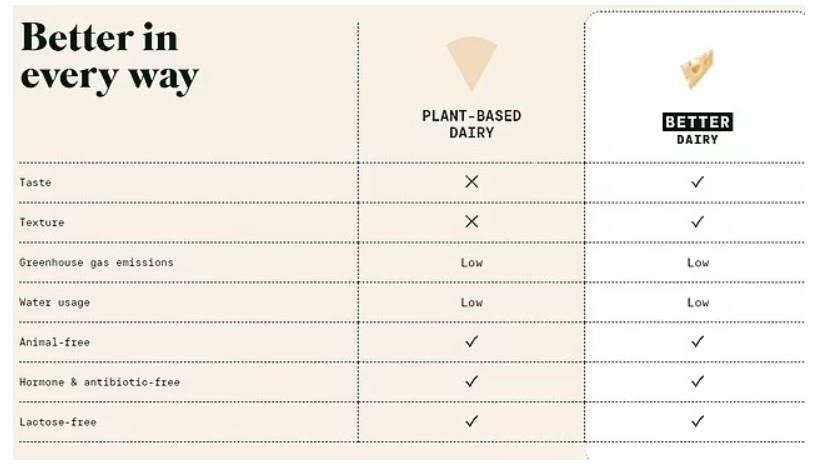Mississippi State scientists are applying powerful imaging technology that detects subsurface bruising in fruits as a potential way to identify and grade meat quality defects in poultry.

With the goal of developing an automated, reliable method with less human error than manual inspection, MSU scientists with the Mississippi Agricultural and Forestry Experiment Station are conducting research on the feasibility of sinusoidal-illumination imaging, or SII technology, as that novel tool. The project is funded by the U.S. Department of Agriculture’s National Institute of Food and Agriculture.
“If we are successful, this will save time, labor and money by establishing a more consistent way to ensure food quality. Food safety and quality issues can affect the profitability and sustainability of Mississippi’s top industry and America’s most consumed meat,” said Anuraj Sukumaran, an MSU Department of Poultry Science assistant professor and the study’s co-principal investigator. “In poultry, the quality issues and defects that affect broiler meat are woody-breast, white striping and spaghetti meat. We’re developing and utilizing the SII imaging technique that aims to detect these defects in broiler meat on processing lines.”
Mississippi’s poultry industry, with an estimated economic impact of about $20 billion, currently uses manual inspection as the standard for finding defects, with employees inspecting carcasses and separating, one-by-one, the flawed meat from clean meat. A labor-intensive process subject to human evaluation error, manual inspection also has seen recent issues due to industry work shortages. Poultry is evaluated in accordance with national standards as U.S. Grade A, B or C.
Sukumaran said, “Our preliminary imaging results showed that the technology clearly differentiates the four different severity levels of white striping, so that is really promising. We are excited for what’s to come; I expect this to be a great benefit to the industry.”
With another year to go before concluding the results of this preliminary research, Yuzhen Lu, assistant professor in MSU’s Department of Agricultural and Biological Engineering and the project’s principal investigator, along with Sukumaran, said they are anticipating the future.
“Our main goal is to ensure the feasibility of how reliable and consistent this technology and our techniques are when detecting all three defects and their varying grades and levels of severity,” Lu said. “After that, our goal is to expand this to a long-term project in which we focus on practical applications and machine learning to further automate and improve the process.”
Source : msstate.edu